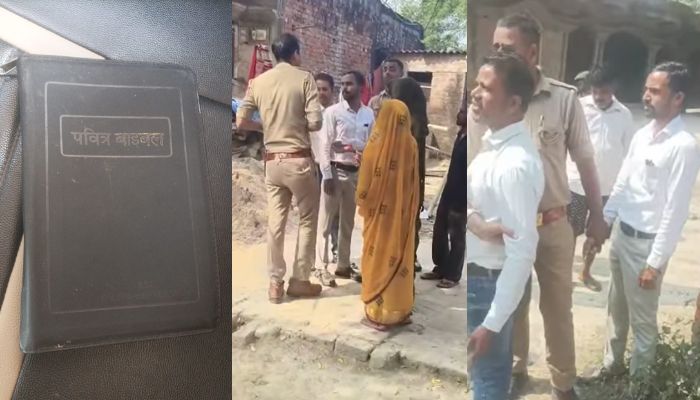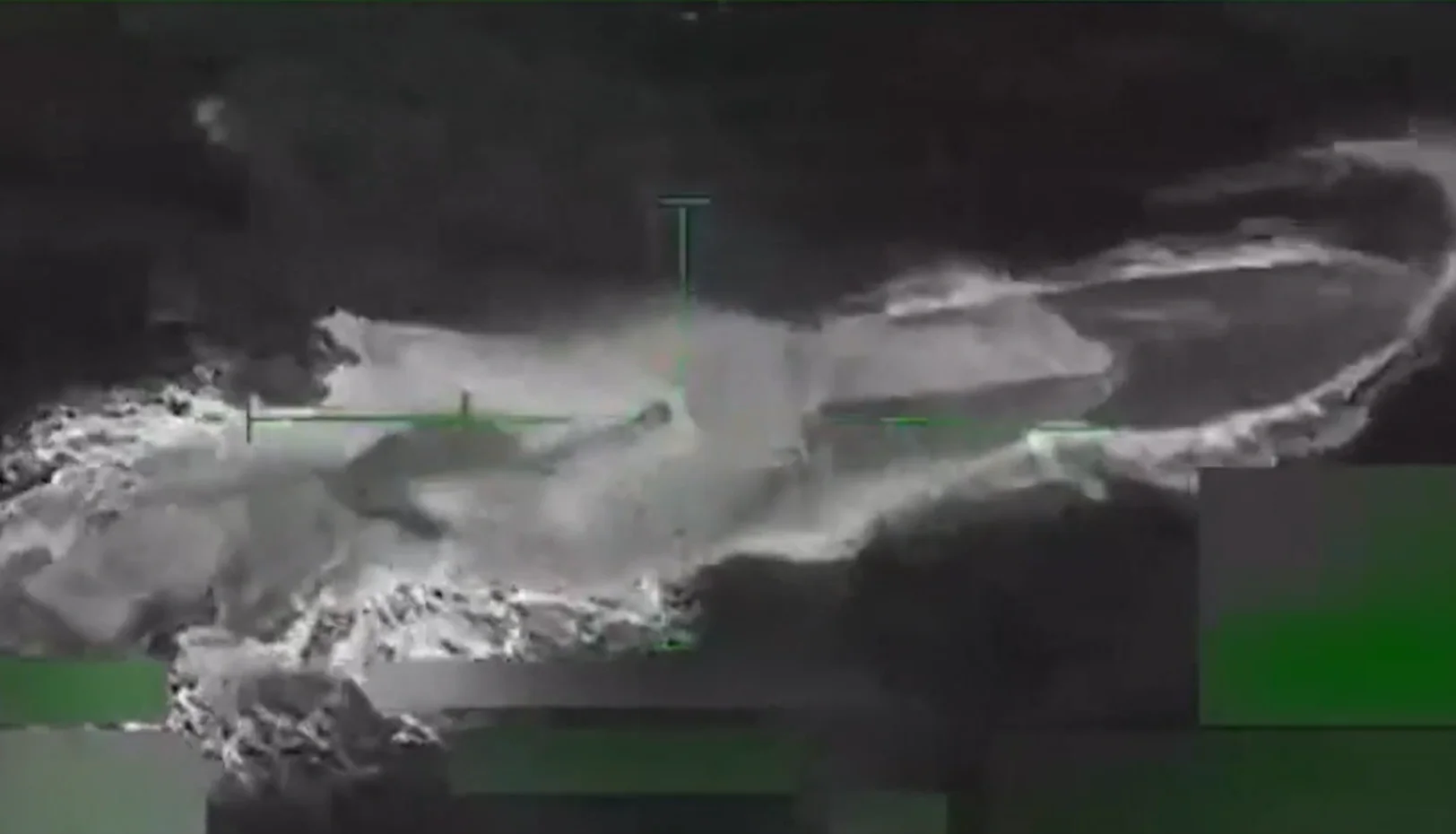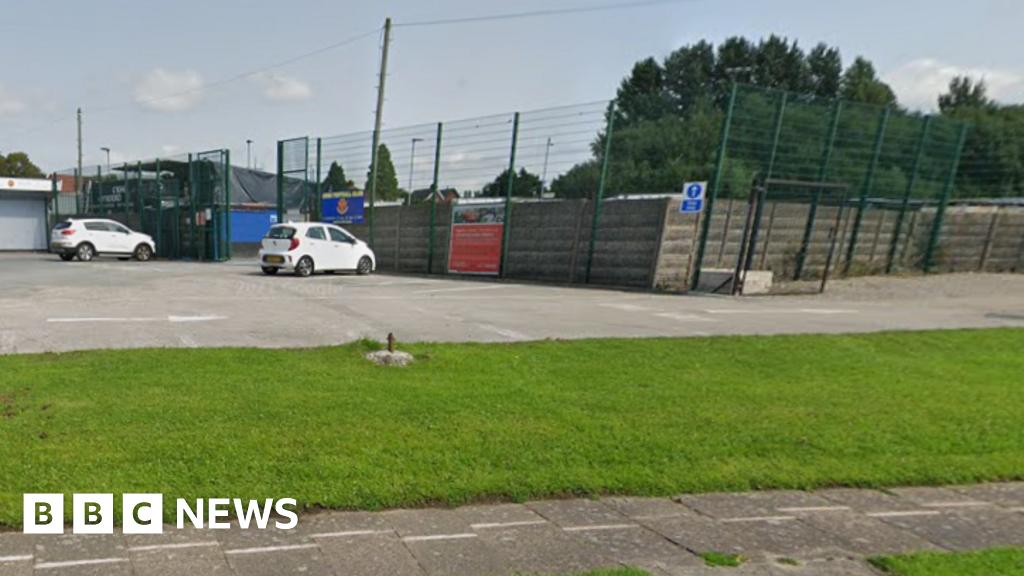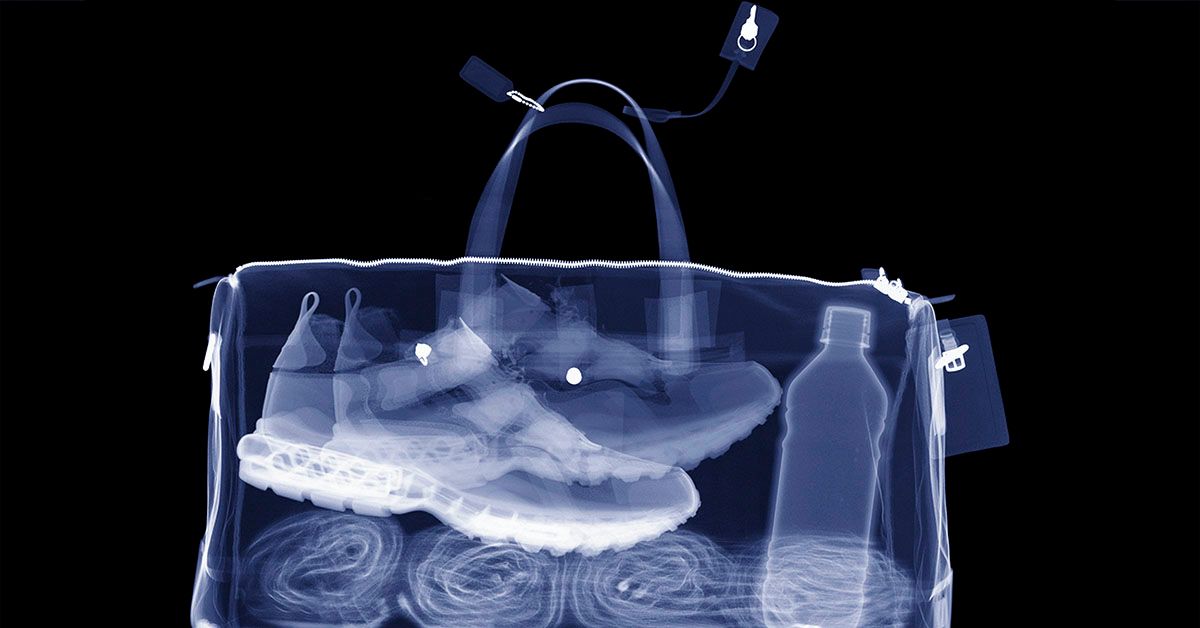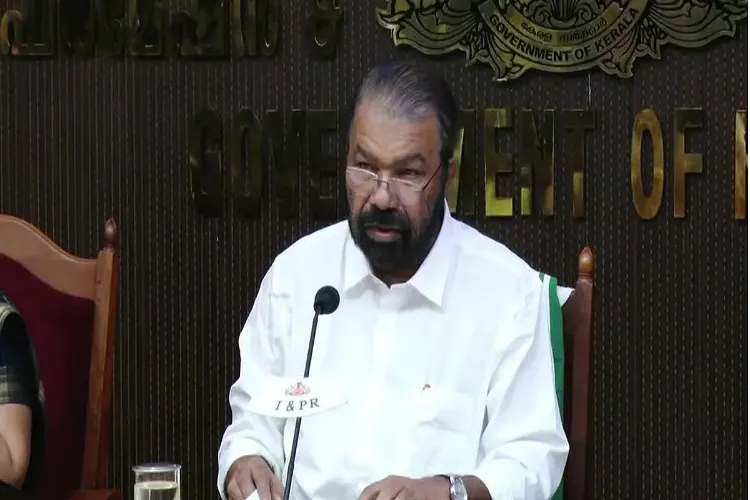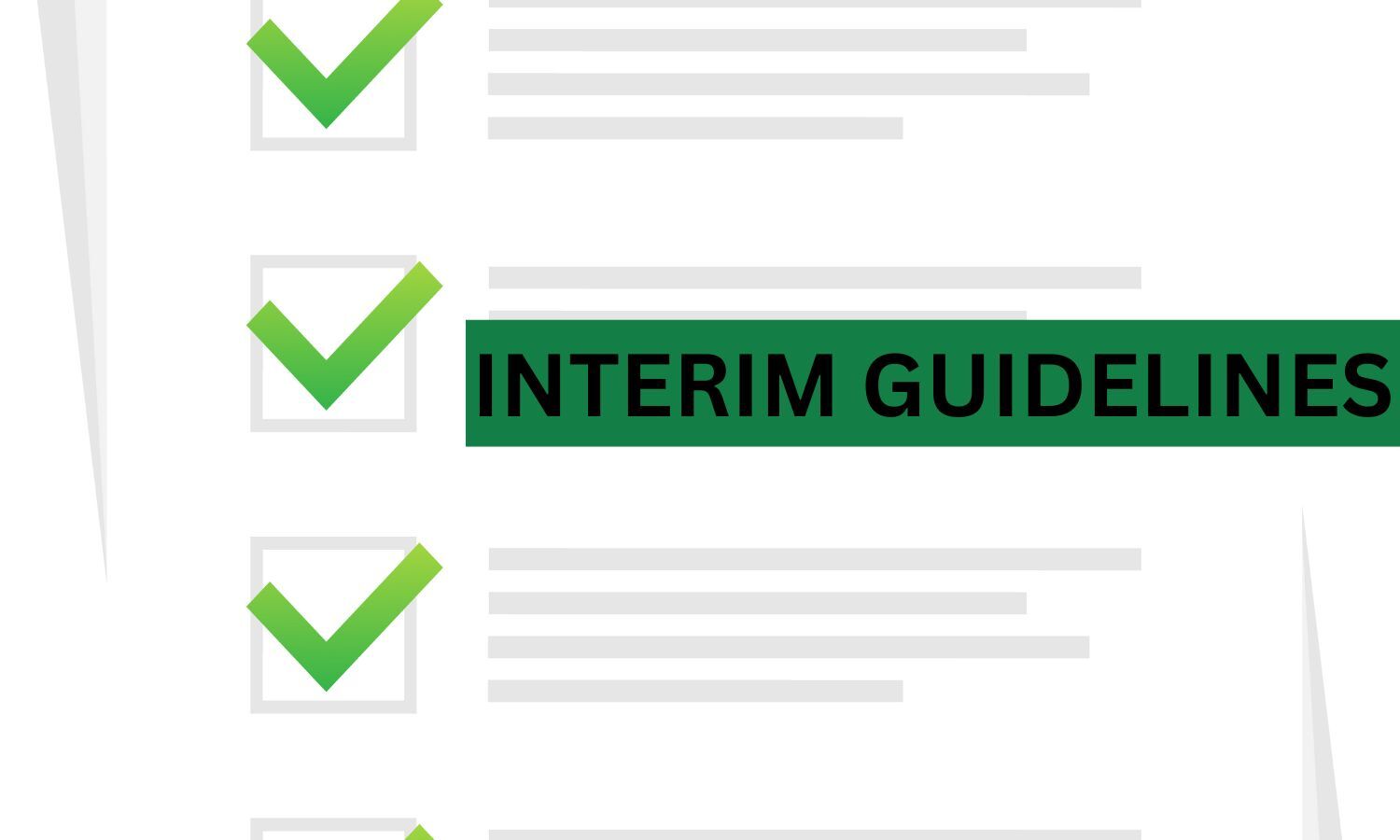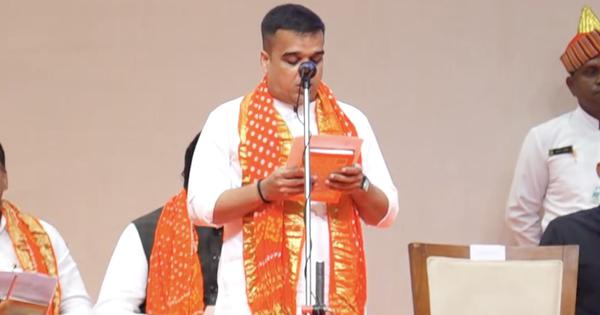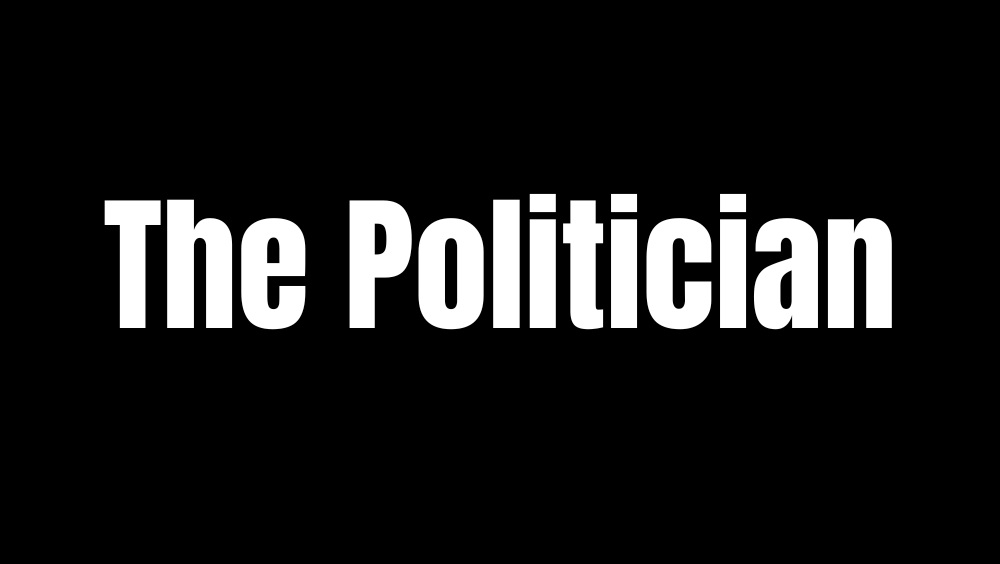RTI stronger under Modi government, CIC report shows 95% disposal rate; Read how Digital India improved transparency
The Right to Information (RTI) Act, referred to as the backbone of India’s democracy, celebrates its 20th anniversary in October 2025, and it is in the middle of a politically heated controversy. The Congress party blames the Modi government for systematically weakening the RTI, hiding information and threatening transparency. The government has strongly fired back, with official reports as proof of the opposite. According to official data, RTI is now stronger, faster, and more transparent than ever, highlighting a remarkable case disposal rate of nearly 95%. Are the allegations from the Congress party accurate? The Congress party has continued its relentless criticism. Party President Mallikarjun Kharge wrote on X that the Modi government is gradually hollowing out the RTI. He argued that new laws, like the Data Protection Act, are being used to stop the disclosure of the information to the Public. At a press conference, senior leader Jairam Ramesh identified various high-profile cases where he claims the government has avoided transparency through RTI. These encompass calls for details on the Prime Minister’s degree, alleged fake ration card, the Rafale fighter aircraft jet deal, the demonetization policy, and the scrapped electoral bonds scheme. The party’s core argument is that the government, scared by tough questions in these matters, passed an amendment to the RTI Act in 2019. They claim this amendment weakened the Central Information Commission (CIC) by giving the government more control over the salary and tenure of the commissioners, thus compromising their independence. The Congress also put a special focus on the terrible situation in Bihar. Party coordinators pointed out that the state’s Information Commission is practically at a standstill. As of 25,101 appeals and complaints are currently pending, and it takes an average of five years for a single case to be resolved. To make matters worse, Bihar has not published an annual report on its RTI performance since the year 2017-18. RTI story revealed in figures Reports from the Central Information Commission (CIC) and data provided by Union Minister Dr Jitendra Singh in Parliament tell a different story compared to what Congress has claimed. The numbers show a dramatic improvement in the functioning of the RTI at the central level. For instance, the case disposal rate has soared to over 94%, a massive leap from the 81% rate during the previous UPA government’s tenure. This high rate was maintained even during the difficult years of the COVID-19 pandemic. Furthermore, the backlog of pending cases, which is a major source of frustration for applicants, has been nearly cut in half. The number of pending cases at the CIC dropped from 38,116 in 2020-21 to just 19,233 in 2023-24. Perhaps most tellingly, public trust in the system appears to be at an all-time high. A record 17.5 lakh RTI applications were filed in 2023-24, which is double the number from a decade ago. This suggests that more citizens believe the RTI is a useful tool and are confident they will get a response. Source: CIC In recent years, the Right to Information (RTI) has led to several major revelations. Whether it was corruption in government schemes, irregularities in ration cards, or discrepancies in scholarship programmes, RTI has helped millions secure their rightful entitlements. For instance: Information obtained through RTI exposed delays in MNREGA wage payments, ensuring timely payments to thousands of workers. Irregularities in pension schemes were uncovered, benefiting senior citizens. Cases of wrongful allocation of government land were revealed, curbing corruption. The success formula: How ‘Digital India’ revamped the RTI The magic of an online portal: The biggest game-changer has been the creation of a dedicated online portal. Now, any citizen can file an RTI application 24/7 from anywhere in the country with just a few clicks. This eliminated paperwork and made the process incredibly accessible. The online system was so robust that the CIC’s work continued uninterrupted even when the country was in a complete lockdown during the pandemic. Hybrid hearings for faster justice: The CIC introduced hybrid hearings, allowing applicants and officials to connect through audio and video conferencing. This simple move saved enormous amounts of time and travel costs, enabling the commission to hear and settle a far greater number of cases each day. Strict timelines and accountability: The government has enforced strict deadlines for every stage of the RTI process. There’s a 30-day limit for the first appeal and a 45-day limit for the second. If an officer delays providing information, they can be penalized. The fact that penalties were imposed in only 1.2% of cases last year indicates that most officials are now responding on time. Strengthening the institution: The CIC’s budget has also been increased, reaching



The Right to Information (RTI) Act, referred to as the backbone of India’s democracy, celebrates its 20th anniversary in October 2025, and it is in the middle of a politically heated controversy. The Congress party blames the Modi government for systematically weakening the RTI, hiding information and threatening transparency.
The government has strongly fired back, with official reports as proof of the opposite. According to official data, RTI is now stronger, faster, and more transparent than ever, highlighting a remarkable case disposal rate of nearly 95%.
Are the allegations from the Congress party accurate?
The Congress party has continued its relentless criticism. Party President Mallikarjun Kharge wrote on X that the Modi government is gradually hollowing out the RTI. He argued that new laws, like the Data Protection Act, are being used to stop the disclosure of the information to the Public.
At a press conference, senior leader Jairam Ramesh identified various high-profile cases where he claims the government has avoided transparency through RTI. These encompass calls for details on the Prime Minister’s degree, alleged fake ration card, the Rafale fighter aircraft jet deal, the demonetization policy, and the scrapped electoral bonds scheme.
The party’s core argument is that the government, scared by tough questions in these matters, passed an amendment to the RTI Act in 2019. They claim this amendment weakened the Central Information Commission (CIC) by giving the government more control over the salary and tenure of the commissioners, thus compromising their independence.
The Congress also put a special focus on the terrible situation in Bihar. Party coordinators pointed out that the state’s Information Commission is practically at a standstill. As of 25,101 appeals and complaints are currently pending, and it takes an average of five years for a single case to be resolved. To make matters worse, Bihar has not published an annual report on its RTI performance since the year 2017-18.
RTI story revealed in figures
Reports from the Central Information Commission (CIC) and data provided by Union Minister Dr Jitendra Singh in Parliament tell a different story compared to what Congress has claimed.
The numbers show a dramatic improvement in the functioning of the RTI at the central level. For instance, the case disposal rate has soared to over 94%, a massive leap from the 81% rate during the previous UPA government’s tenure. This high rate was maintained even during the difficult years of the COVID-19 pandemic.
Furthermore, the backlog of pending cases, which is a major source of frustration for applicants, has been nearly cut in half. The number of pending cases at the CIC dropped from 38,116 in 2020-21 to just 19,233 in 2023-24. Perhaps most tellingly, public trust in the system appears to be at an all-time high.
A record 17.5 lakh RTI applications were filed in 2023-24, which is double the number from a decade ago. This suggests that more citizens believe the RTI is a useful tool and are confident they will get a response.
In recent years, the Right to Information (RTI) has led to several major revelations. Whether it was corruption in government schemes, irregularities in ration cards, or discrepancies in scholarship programmes, RTI has helped millions secure their rightful entitlements. For instance:
- Information obtained through RTI exposed delays in MNREGA wage payments, ensuring timely payments to thousands of workers.
- Irregularities in pension schemes were uncovered, benefiting senior citizens.
- Cases of wrongful allocation of government land were revealed, curbing corruption.
The success formula: How ‘Digital India’ revamped the RTI
The magic of an online portal: The biggest game-changer has been the creation of a dedicated online portal. Now, any citizen can file an RTI application 24/7 from anywhere in the country with just a few clicks. This eliminated paperwork and made the process incredibly accessible. The online system was so robust that the CIC’s work continued uninterrupted even when the country was in a complete lockdown during the pandemic.
Hybrid hearings for faster justice: The CIC introduced hybrid hearings, allowing applicants and officials to connect through audio and video conferencing. This simple move saved enormous amounts of time and travel costs, enabling the commission to hear and settle a far greater number of cases each day.
Strict timelines and accountability: The government has enforced strict deadlines for every stage of the RTI process. There’s a 30-day limit for the first appeal and a 45-day limit for the second. If an officer delays providing information, they can be penalized. The fact that penalties were imposed in only 1.2% of cases last year indicates that most officials are now responding on time.
Strengthening the institution: The CIC’s budget has also been increased, reaching ₹120 crore in 2023-24. The government has also been diligent about filling vacancies for commissioners on time, ensuring the commission is always fully staffed and functional. On top of this, the CIC has started using Artificial Intelligence (AI) to help analyze RTI patterns and quickly sort through fake or repetitive applications.
The bihar question: A state-level issue
While the national picture looks positive, the government admits that there are serious issues with the RTI system in Bihar. However, it frames this as a state-level failure, placing the responsibility directly on the Nitish Kumar government.
The argument is that the central government has created a successful and efficient model, but it is up to individual states to implement these reforms. The issues in Bihar, therefore, do not reflect a weakness in the central RTI framework but rather a local administrative failure.
The RTI Act remains a powerful tool for citizens to hold their government accountable. From exposing corruption in the MNREGA scheme to ensuring elderly people get their pensions, the law has delivered countless victories for ordinary Indians.
While there are still issues to fix, especially in improving how state commissions perform, the data strongly suggests that at the national level, the RTI is not just alive and well, it’s thriving in the digital age.


